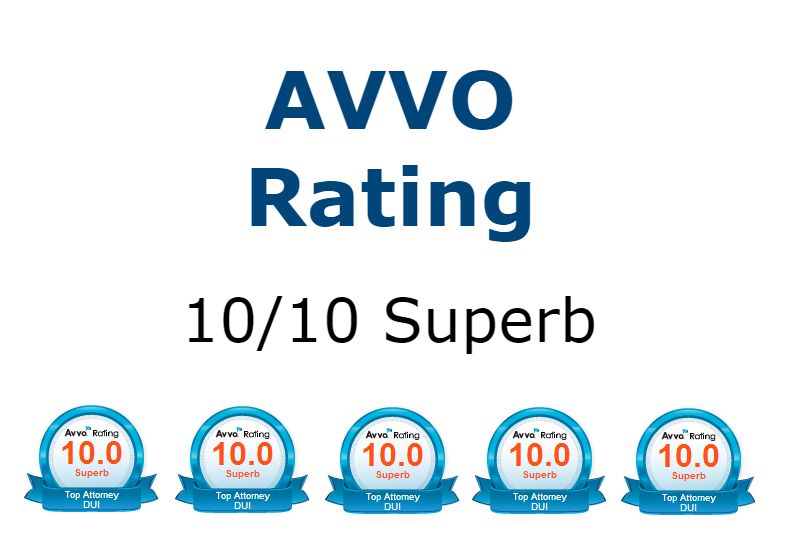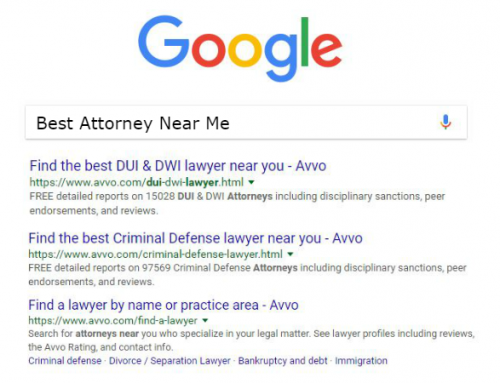Adjusting your lawyer internet marketing strategy to respond to algorithm changes is similar to day trading and responding to every single inhale and exhale of the stock market. In other words, it’ll drive you crazy – and it’s ultimately a losing game. A more effective approach: developing a solid presence that is able to weather changes and help you accomplish your objectives.
How do you build an effective presence? There are three fundamentals that coalesce to create an authoritative presence:
- Creating fresh, original, authoritative content.
- Developing a high-quality link profile.
- Focusing on Conversion Rate Optimization.
Let’s delve into each of these strategies in more detail.
Content Is Still King
As increasing numbers of potential clients turn to the internet to research legal issues, as well as lawyers who can help, an authoritative presence is a must. Your online brand directly supports, and bolsters, your offline practice.
Why is fresh the key? Google rewards new, relevant, high-quality content. A reliable and proactive internet marketing firm can embed software into your website code. This “pings” or alerts Google each time that you add new content or update existing website text so it can index it.
How to Do It:
- Produce one or more blog posting per week. This is the easiest way to add new content, and one or two a week is manageable. They can be scheduled for publication on future dates, so you can build a bank of articles to release at regular intervals. If you are pressed for time or would like the aid of a professional, you can always take advantage of a ghostwriter.
- Leverage Google+ and other social media channels. Content is a great asset because it doesn’t have to sit passively on your website or blog. Post on Google+. Engagement with readers tends to be a bit lower on this platform, but is a terrific aid to SEO. Another hotspot is LinkedIn. You can now publish your articles on the site and expose them to far more people, including other law professionals. If you are interested in expanding your offerings to include speaking or guest lecturing, for instance, this can be a great way to connect. This, too, as well as links from Twitter and Facebook, will help you in the search engine results pages.
- Use “Real Life” Material. Searchers are looking for information related to their personal challenges (e.g. “What to do if charged with DUI” or “What to do if injured at work”), and Google wants to serve the most relevant results. Mine your files for interesting case studies, and add the outcomes of new cases, redacting identifiable details, of course!
- Incorporate More Imagery. Visuals engage visitors (and, by extension, Google). Try adding a current, professional photograph of you, your staff, and your offices. According to research, searchers respond to “real” people vs. stock images, and this can even improve conversion rates (more on that in a bit).
The Bottom Line:
When you promote your personal brand (i.e. you!) as a leading authority in your legal niche, it leads to higher search engine rankings and more clients. A win-win.
Links Still Matter – a Lot
When the Penguin update rolled out in 2012, it brought links to the forefront of the SEO world. The algorithm change targeted sites that, according to Google, were “spamming” the system. They did this with “unnatural” links, or those that were bought or exchanged in schemes and pointed to spam sites. When done well, though, links are essential components of your online presence.
How to Do It:
- Register with legal directories…Links from these respected sites are pivotal. They rank at or near the top of the search engine results pages, and their authority is a benefit to your.
- And keep your profiles updated. Google often ranks niche directors, such as AVVO, Lawyers.com, FindLaw.com, and Justia, higher than individual lawyers or firms. Use this to your advantage: make sure your profiles for these four directors are updated regularly.
- Join the Better Business Bureau, local chamber of commerce, and other civic organizations. This builds your credibility and helps you build authoritative backlinks to your website.
- Guest blog. Do not do this for SEO purposes; Google frowns on obvious attempts to game their rankings. Instead, connect with related professionals and offer content of value to them. This is a way to increase both your audience and your referrals.
The Bottom Line:
Link-building is tremendously important. As you work to develop strong, authoritative new links, remember to conduct a link audit occasionally. This will ensure you don’t have any negative SEO attempts or outdated, and now blackhat, links attached to your site.
Conversion Optimization
Search engine optimization is designed to increase the visibility of your website and attract traffic. But what happens when they are actually onsite? That’s the question conversion rate optimization (CRO) answers. Quite simply: it is the science and art of converting visitors into clients.
How to:
- Conduct A/B split testing. Many factors play a role in conversion: how fast your site loads, whether you have eye-catching imagery; if your site is crowded and cluttered or clean and streamlined. Other elements are not as obvious: for instance, does a red call to action (CTA) work more effectively than a green CTA? Does PT Serif font perform better than Lobster (yes, that’s an actual font!)?
A/B split testing will tell you. Say you have an existing website, version 1. You run this and gather analytics. On version 2, you make one change: it could be the color of the CTA, the font, layout, type of images, submission form, headlines, or photos. Then you see which of the two websites performs better.
If you’re satisfied with version 2’s performance, you can stop testing. If you want to see if you can boost performance even further, you can create version 3 and commence testing.
- Try multivariate testing. This is similar to A/B split testing but instead of having one change (e.g. the color/size of the CTA) you have multiple changes. This is more complex, but analytics can uncover how people behaved with the different versions and which elements impact their visit.
The Bottom line:
CRO is a big topic (which we’ll have more on in an upcoming post). To get started, conduct some A/B testing to see what your visitors respond to. In general, it never hurts conversion efforts if you simply your page, clean it up, make sure it loads quickly, and ensure it is user-friendly and intuitive.
By focusing on these strategies, you can update-proof your website. Change is the only constant in the SEO world; you can survive and thrive with solid, authoritative content, high-quality links, and attention to the user-experience.









